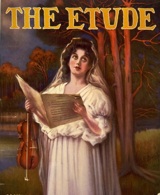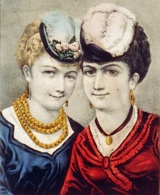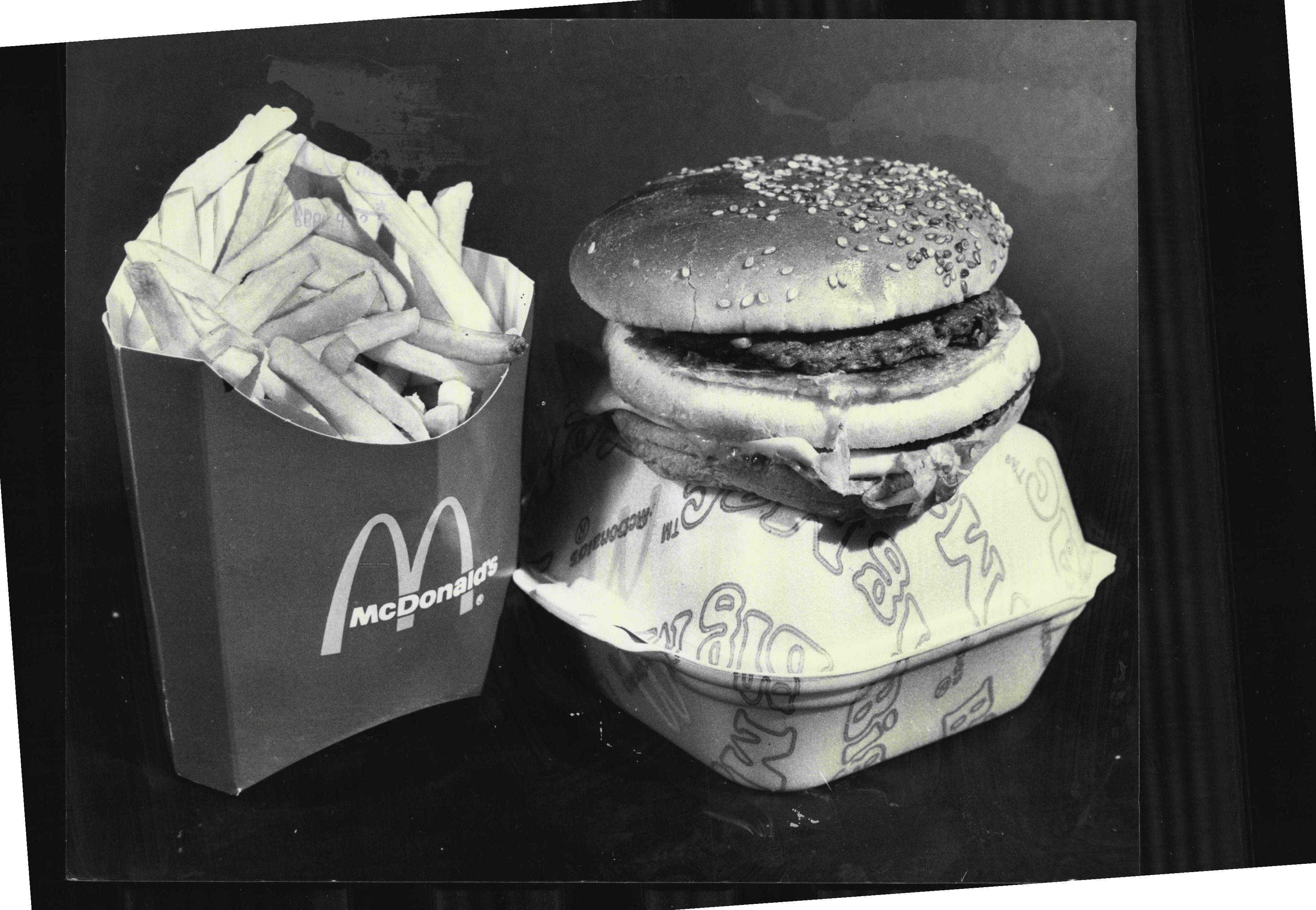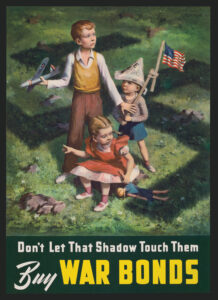Drop the phrase “pop culture” into a conversation, and the people you’re talking with will likely conjure images of Hula Hoops, Pet Rocks, Britney Spears or reality shows. Words like “vapid,” “transient” and “shallow” may flash through their minds.
Despite its much-maligned image, popular culture, or “pop” culture as it is more commonly known, is a vital component in the story of humanity. For that reason, pop culture history warrants exploration. Besides, it’s fun to talk about.
It doesn’t cure diseases, topple nations or make technological advances—unless one considers things like Les Paul’s development of multitrack music recording a technological advancement, which I, for one, do—but pop culture reveals many facets of human behavior throughout history. It is hard to define the human experience without it.
The Genesis of Popular Culture

Sociologists consider culture as the formation of traditions and trends that link humans in a common group. Therefore, human culture existed even in prehistoric societies; however, those prehistoric societies’ tradition and arts (things that are created, such as cave paintings and decorated pottery) are generally considered as folk art and folkways. Popular culture, by definition, requires that the masses—that’s us, folks—be engaged in practicing and consuming it, thereby making it popular.
Three early, significant popular-culture mileposts are, in chronological order, wedding ceremonies, music performed from written scores, and the establishment of fashion styles.
Wedding ceremonies, predating even Biblical accounts, began traditions based on religious tenets and quickly became ingrained in society.
During the Renaissance composers began committing notes to paper and thus created the opportunity for music to be shared beyond first-person familiarity. For the first time, a piece of music could be performed by someone who had never heard it.
Fashion styles that took clothing beyond mere functionality were initially set by royalty and aristocracy, but societal changes like the emergence of the French bourgeois class and simple technological advances in clothing manufacture such as the sewing machine gave style a broader “popular” appeal. Thus, in a couple hundred years we went from tights and lace cuffs for European aristocracy to modern teenagers wearing their pants around their knees.

Shakespeare the Superstar
The Western world’s first pop culture “superstar” was probably William Shakespeare. His theater plays are timeless classics, but he wrote them for a mass audience, thus fulfilling pop culture’s requirement of art that is meant to be enjoyed by the masses. Shakespeare’s art bridged the gap between popular and fine art in 16th century England—and ever since, as it is among the finest literature ever produced in English. Several of his plays were set elsewhere in Europe, which exposed the common Englishman to wedding and courtship traditions of different classes and cultures, potentially influencing those of England.
Popular Culture Becomes Global
Popular culture didn’t require satellite television and the Internet to become global. When the first explorers took to the seas or traveled overland routes to distant places, they were influenced by, and returned with, examples of other cultures’ popular art, artifacts and customs, such as drinking coffee. If that hadn’t caught on, Starbucks would be stuck trying to sell cups of hot, frothy milk for three bucks a pop.
The masses were usually not the first to experience exotic forms of popular culture, but they were exposed to them over time. The mixture of popular elements of different cultures was also one of the factors that began to blur the lines between popular and fine arts. While Kabuki Theater was accessible to all classes of Japanese people, Europe’s aristocrats initially regarded it as high art.
The Age of Industrialization: Relax, Enjoy
In the case of popular arts especially (theater, dance, music and more recently movies and television), the masses must have sufficient time and resources to enjoy these arts. Technology is the catalyst that made this possible.
Even though many 19th-century industrial laborers worked long hours, they did not generally work the dawn-to-dusk, seven-day-a-week schedules of agrarian toilers—cows need milking even on the Sabbath—and industrial laborers had more money in their pockets. This enabled them to enjoy entertainment venues and engage in hobbies, crafts and recreation outside their work lives. Life became more than survival, family and religion. The concentration of people in urban areas, attracted by jobs in the factories, also gave rise to more and different kinds of popular art forms by concentrating potential audiences.

Technology and Pop Culture
Technology also created new kinds of arts and items and made them available to everyone, not just the wealthy elite. Obvious examples that changed society significantly enough to alter the course of history are radio, television, motion pictures, amplified music, computers and the Internet. Technology recently erected another significant milepost in the pop culture timeline—the development of tech-based social networking. Other technological advances resulted in such diverse things as silk-screen printing (Express your opinion on your T-shirt!), bowling alleys’ automatic pinsetters, and Wii.
Pop Culture History Portal
Historynet.com offers this Pop Culture mini-page with linked articles to advance the knowledge of the role pop culture history has played in changing human history and how it continues to do so, in order to better understand its effects on the history of human endeavor.
An important aspect in the study of pop culture is opinion. What makes some elements of pop culture forgettable while others become timeless? What do you regard as some of the most important—or maybe just memorable—contributions of pop culture in history? Give us your opinions in the Comments section below.





